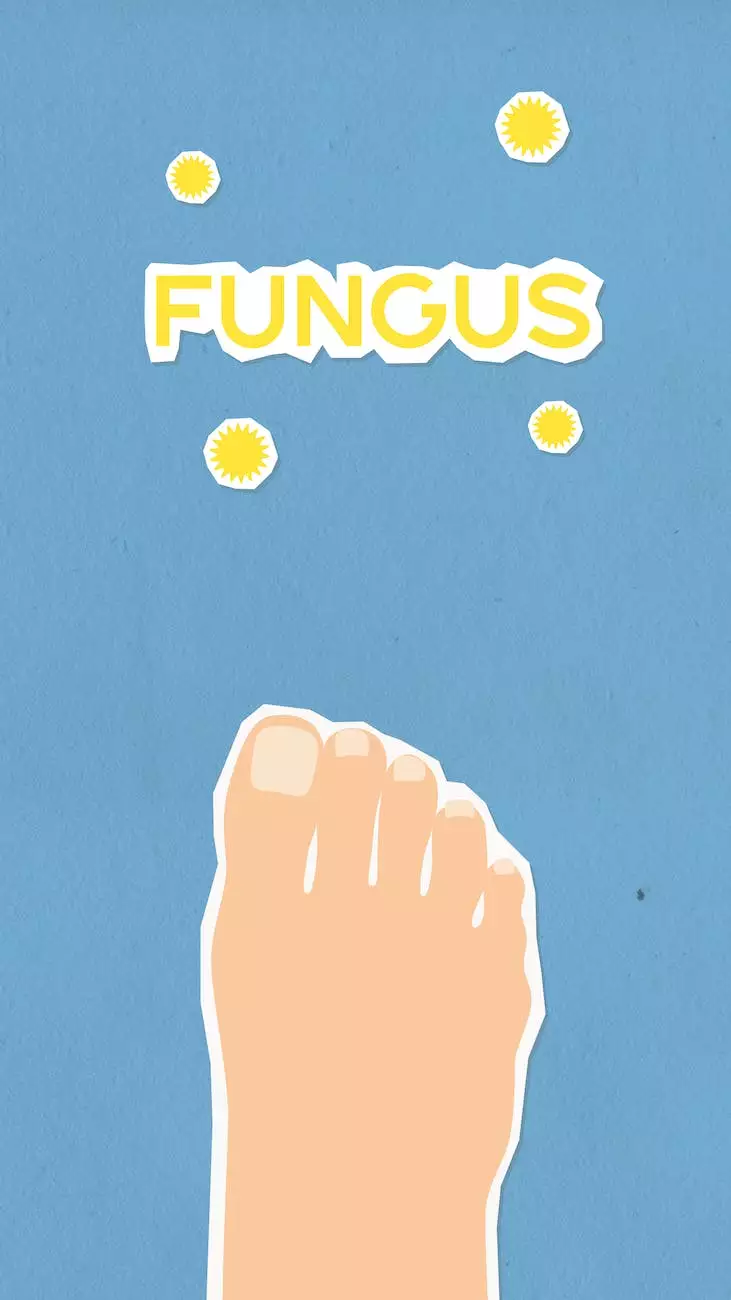Understanding Onychomycosis and Its Impact on Foot Health

Onychomycosis, also known as nail fungus or fungal nail infection, affects millions of individuals worldwide. It's a common condition that primarily affects toenails, but it can also occur on fingernails. The Foot Practice, a reputable podiatry clinic with expertise in foot care and treatment of onychomycosis, aims to help patients understand and effectively manage this condition.
What Causes Onychomycosis?
Onychomycosis is caused by fungal organisms, particularly dermatophytes, that thrive in warm and moist environments. Factors such as poor foot hygiene, regular exposure to damp conditions, and compromised immune systems can increase the risk of developing onychomycosis.
The Symptoms of Onychomycosis
Recognizing the symptoms of onychomycosis is crucial for early detection and treatment. Some common signs and symptoms include:
- Thickened nails
- Brittle or crumbly nails
- Discoloration (yellowish, brownish, or white)
- Distorted nail shape
- Foul odor
- Nail detachment from the nail bed
Diagnosing Onychomycosis
If you suspect you have onychomycosis, it's essential to seek professional diagnosis and treatment from trusted podiatrists like those at The Foot Practice. A thorough examination, including nail and skin analysis, will determine whether you have onychomycosis or another nail condition.
Treatment Options and Prevention Techniques
At The Foot Practice, experienced podiatrists offer various effective treatment options to combat onychomycosis. Each treatment plan is tailored to the individual's specific needs. Some of the common treatment options include:
- Topical Antifungal Medications: These medications are applied directly to the infected nails and surrounding skin. They are used for mild to moderate cases, and it's important to follow the prescribed treatment duration.
- Oral Antifungal Medications: In severe cases, oral antifungal medications may be prescribed to tackle the infection from within the body. This treatment approach requires ongoing monitoring to ensure its effectiveness and minimize any potential side effects.
- Laser Therapy: The Foot Practice utilizes state-of-the-art laser therapy to treat onychomycosis. This non-invasive procedure heats the fungus to eliminate it without damaging the surrounding tissues.
- Nail Removal: For severely infected nails, surgical removal may be considered to eradicate the fungus completely and allow healthy nail growth.
Prevention is key to avoiding onychomycosis. Follow these essential foot care practices to reduce the risk:
- Regularly wash and dry your feet: Gently clean your feet with mild soap and water, ensuring thorough drying, especially between the toes.
- Trim nails properly: Cut your nails straight across and file the edges to avoid ingrown nails that can lead to infection.
- Choose breathable shoes and socks: Opt for footwear made from breathable materials, and wear moisture-wicking socks.
- Avoid sharing personal items: Don't share nail clippers, files, or shoes to minimize the risk of spreading fungal infections.
- Protect your feet in public areas: Wear shower shoes or sandals when using public showers, gyms, or swimming pools.
- Use antifungal sprays or powders: These products can help control fungal growth in shoes and socks.
Expert Podiatrists Providing Effective Onychomycosis Treatment
The Foot Practice, with its dedicated team of podiatrists specializing in foot care, is one of the leading clinics in treating onychomycosis. They understand the far-reaching impact of the condition on foot health and overall well-being, making accurate diagnosis and tailored treatments their top priority.
If you're struggling with onychomycosis, don't wait for the condition to worsen. Contact The Foot Practice today to schedule an appointment and start your journey towards healthier, fungus-free nails.
Disclaimer: The information provided in this article is for educational purposes only and should not replace professional medical advice. Please consult a qualified podiatrist for diagnosis and personalized treatment recommendations.










